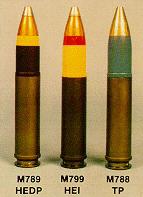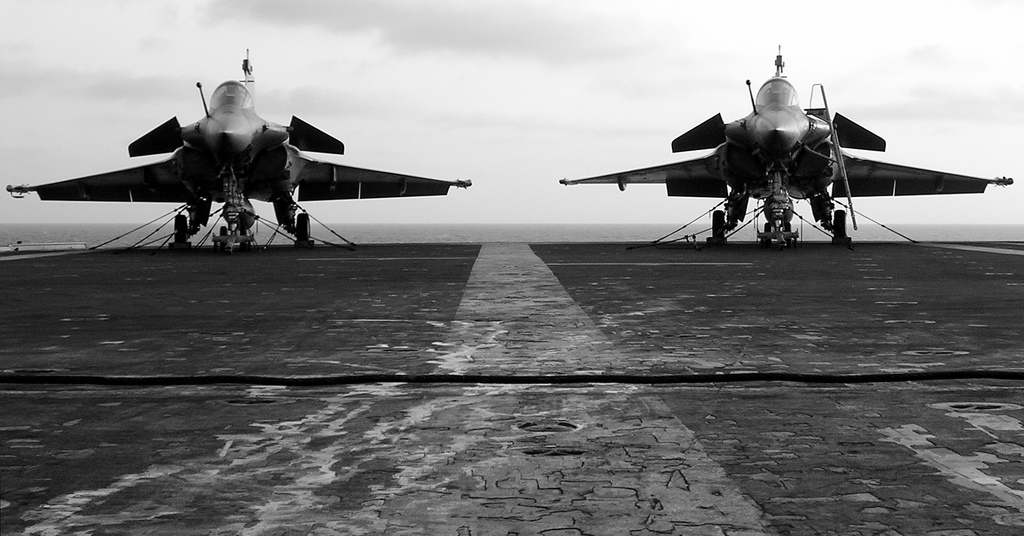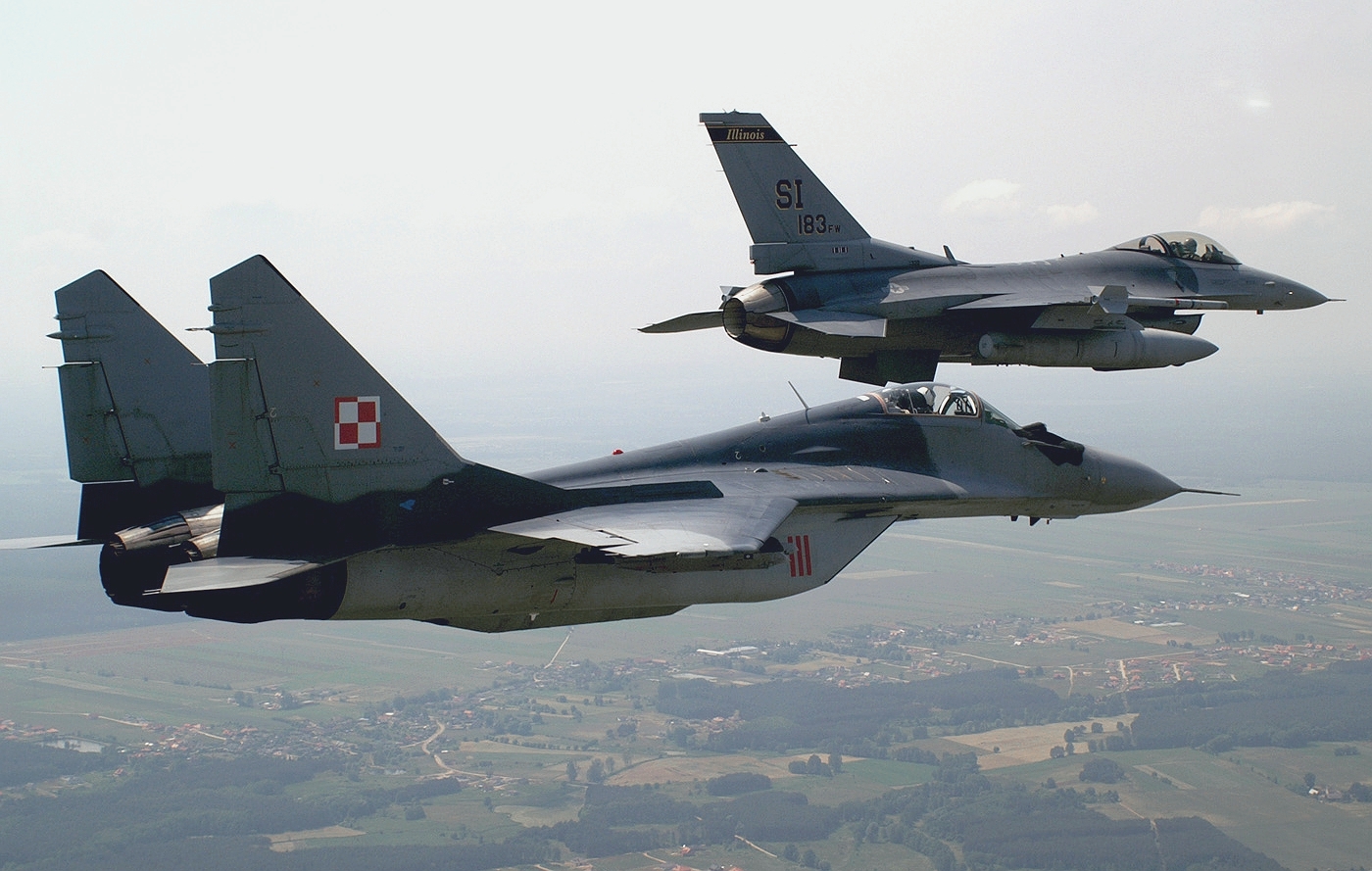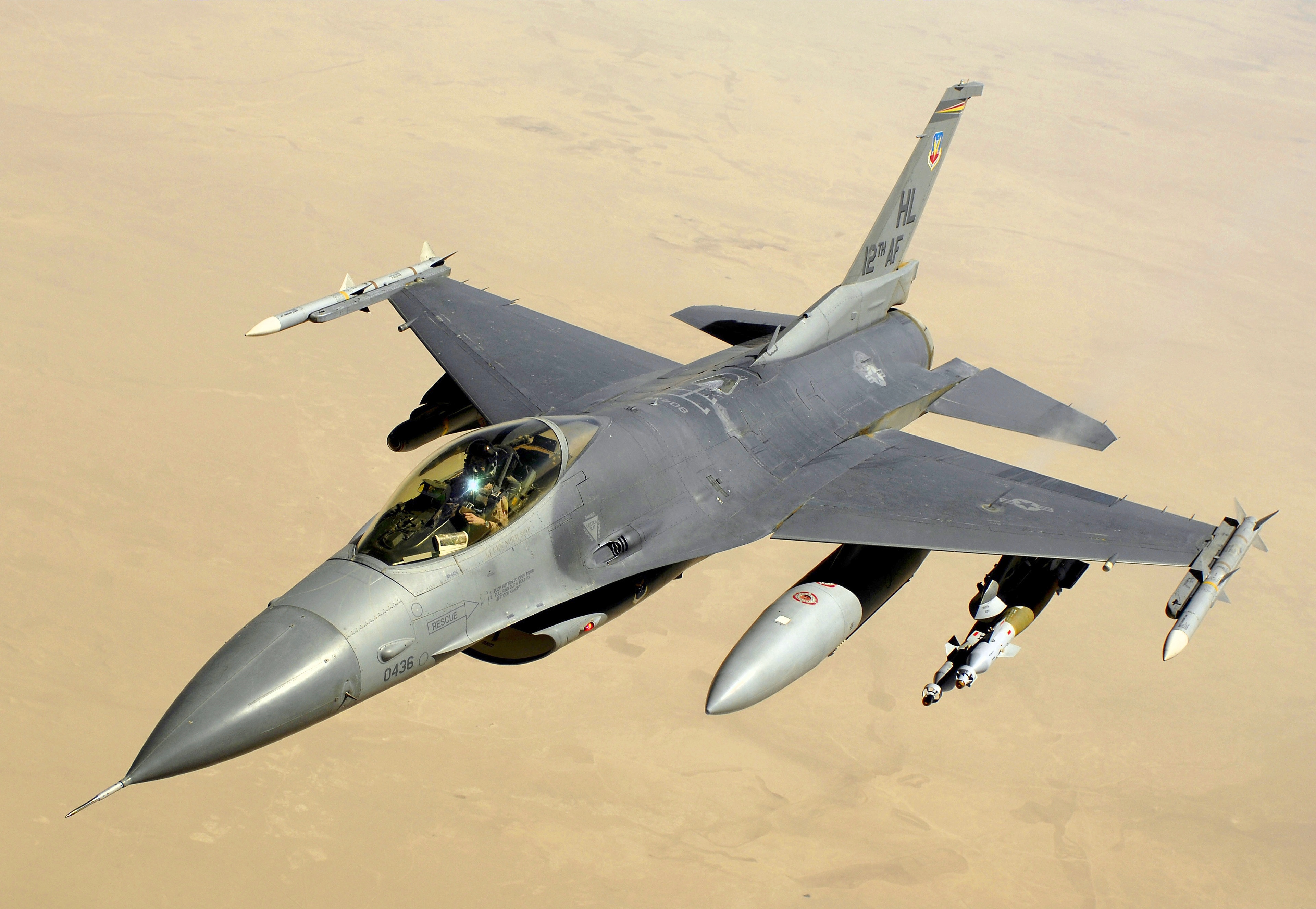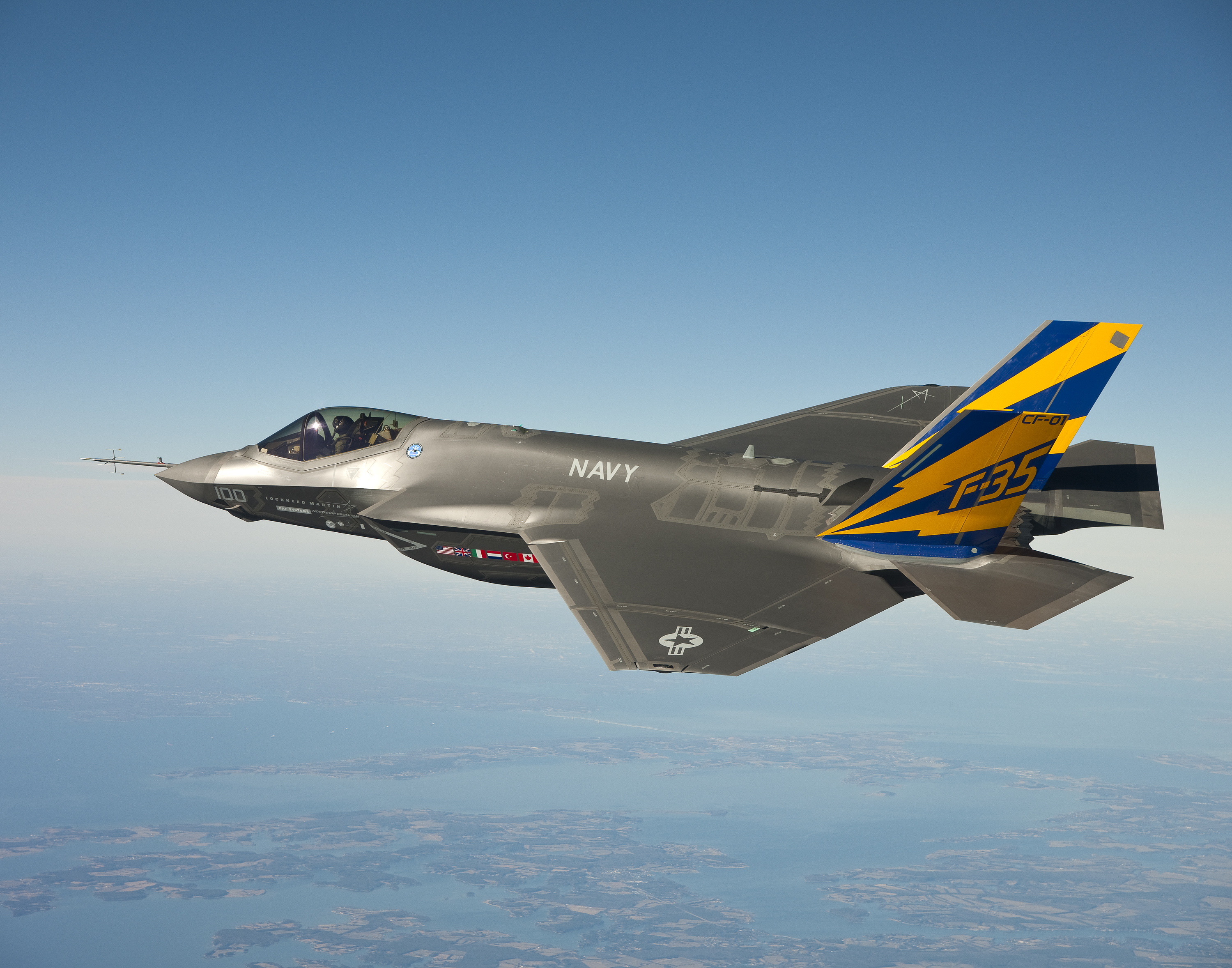
26/09/2011 Sources : © Marine nationale
La France accueille du 26 au 29 septembre 2011 la réunion plénière annuelle du Forum des gardes-côtes de l’Atlantique. Elle sera accompagnée d’un entraînement majeur intitulé «Guardex».
Le Forum des gardes-côtes de l’Atlantique Nord (en anglais, NACGF North Atlantic Coast Guard Forum) a été créé en 2007 à l’initiative du Canada pour permettre dans tous les domaines intéressant les services de garde-côtes, l’échange de bonnes pratiques et d’analyses et la mise en place de coopérations internationales dédiées.
Il réunit 20 pays riverains de l’Atlantique nord : Allemagne, Belgique, Canada, Danemark, Espagne, Estonie, États-Unis, Finlande, France, Irlande, Islande, Lettonie, Lituanie, Norvège, Pays-Bas, Pologne, Portugal, Royaume Uni, Fédération de Russie, Suède.
La présidence est tournante. La France assure cette fonction pour 2011. C’est le Secrétaire général de la mer Jean-François Tallec qui en exerce la présidence au nom du pays.
Comme responsable de la fonction garde-côtes, le Secrétaire général de la mer représente à la conférence plénière l’ensemble des administrations françaises agissant en mer et définit, tout au long de l’année, les positions françaises à développer dans chacun des groupes de travail.
Chaque année, un thème est choisi par la pays qui préside le forum. Cette année, les services de gardes-côtes travaillent sur le thème de la sécurité et de la sûreté des navires transportant un nombre important de passagers. Ce sera également le thème de l’exercice Guardex.














